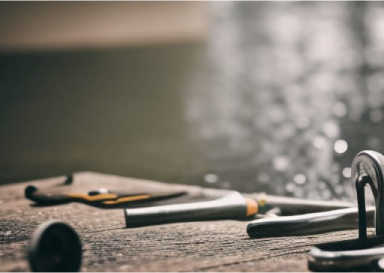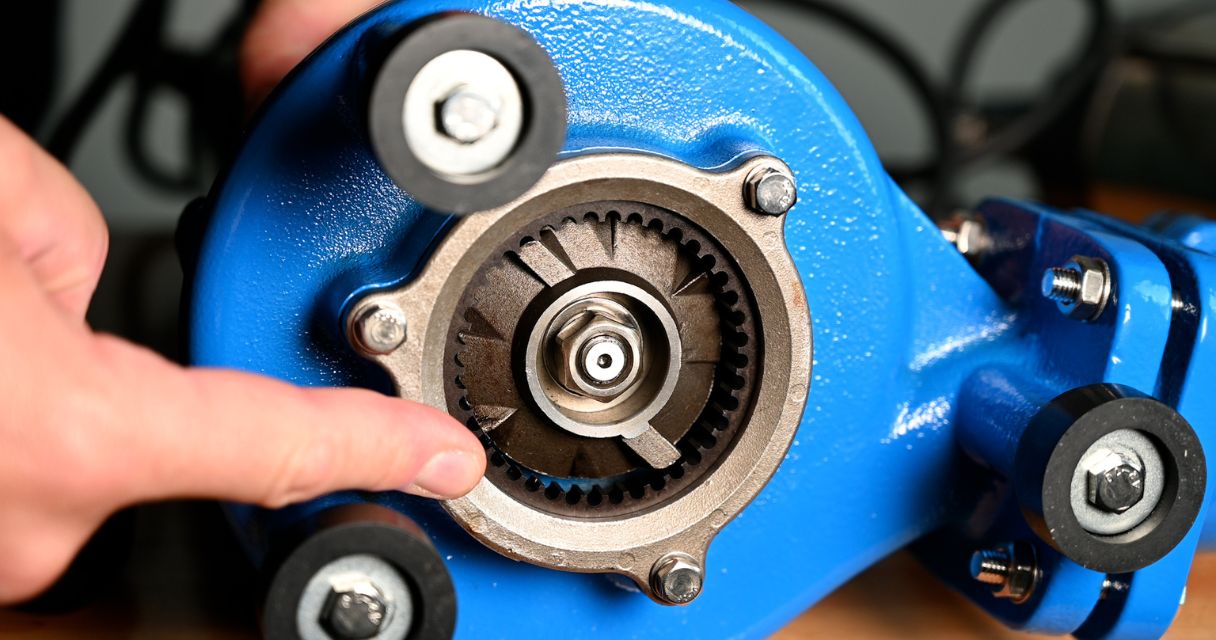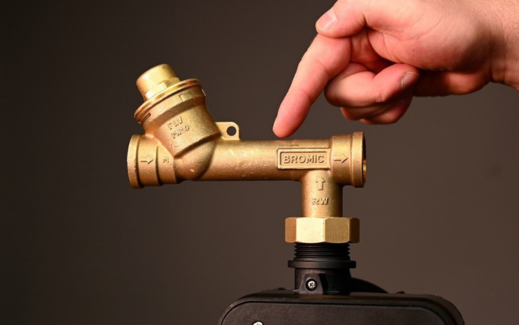
Favourites
Sign in to your account
By adding to Favourites, you can…
- Save products or resource documents you view regularly
- Save time with quick access to frequently viewed items
Please sign in or create an account to add to your Favourites.

Unscrew the metal bolt at the back near the bottom of the metal part of the pump to drain water out. Can also tip the pump without breaking connections to drain more.
There are instructions in the instruction manual which include pictures of where the metal bolt at the top of the metal part of the pump next to the outlet hose, unscrew and fill up with water with a jug.
The jet pumps do produce some noise when in operation, although if the noise sounds odd or uneven, there may be a problem. The impeller could be damaged (due to the pump running dry, or something stuck), or bubbles could be present (cavitation) which causes noise and also damage. Prime and purge pump with water so there are no bubbles present.
Contact a plumber to calculate the required flow rate and pressure for the installation (which depends on, the length, height, and diameter of pipes and how many taps it will serve) and from there we can advise which pump will suit.
2.5m from heater outlet. 1.25m from the tops, sides and inlet. Never operate on elevated structures such as platforms or scaffolds.
No. It uses a POL or type 27 connection to an LPG cylinder, not a bayonet connection. This product is designed for LPG and should not be converted.
As per the instruction manual, the inlet gas connection for the blow heater has size ¼” G LH thread. As per our specifications, these blow heaters are designed to be directly connected to the gas cylinder and so are provided with the corresponding hose connection. Unfortunately, we don’t have a hose which has the required thread to a bayonet connection.
We do not have a longer hose we can offer, only the ones they are supplied with.
We do not have official noise data. They are designed for industrial settings, so noise was not a design factor, therefore they are relatively loud.
- Screw hose onto back of heater.
- Place cylinder behind heater. Screw in POL to cylinder.
- Check for gas leaks.
- Plug in electrical cord.
- Press on/off switch – fan turns on, then gas comes through, then sparks – allow 60 seconds

STILL HAVE QUESTIONS?
If you have searched our website, document library & FAQs and haven’t found the information you need, please contact us to resolve your query. This will allow us to continually improve the data we share here and elsewhere on our website.



